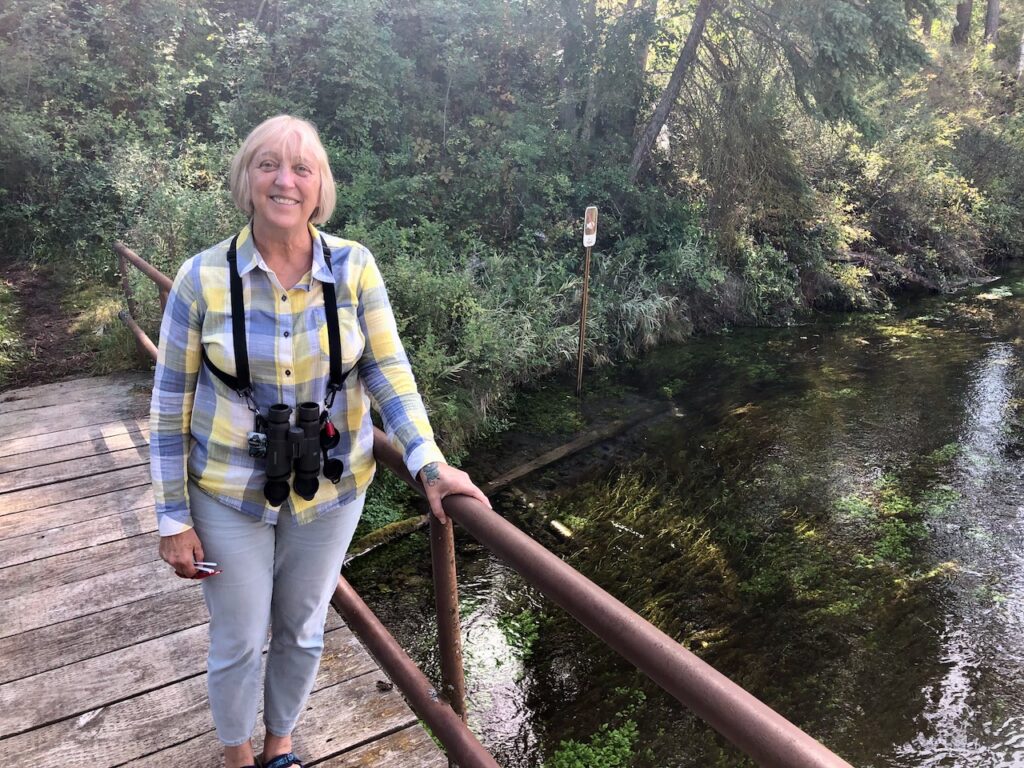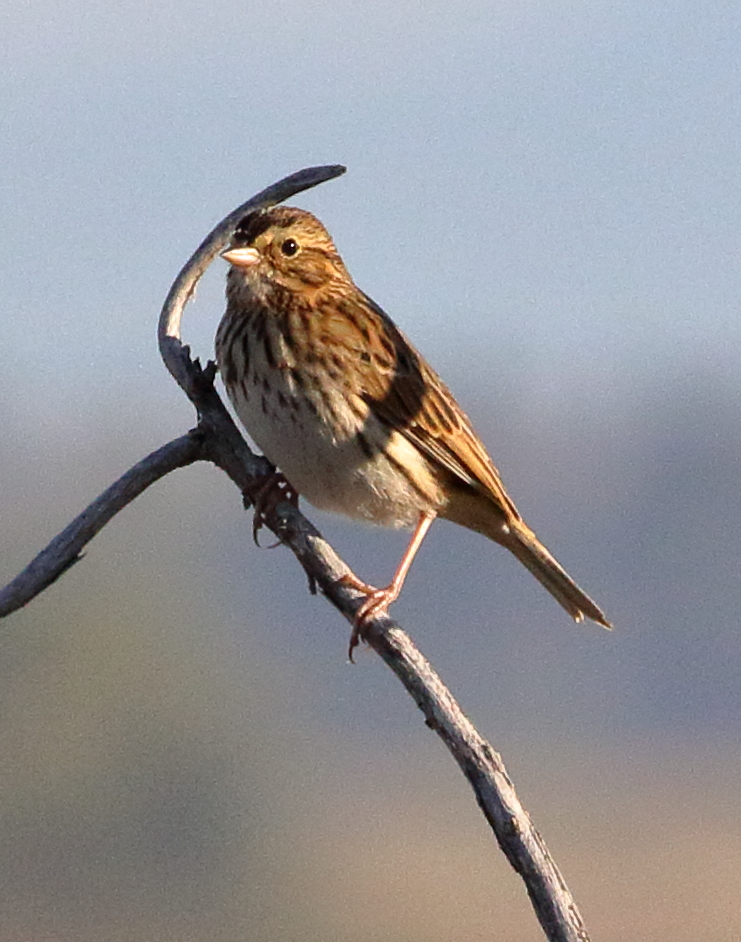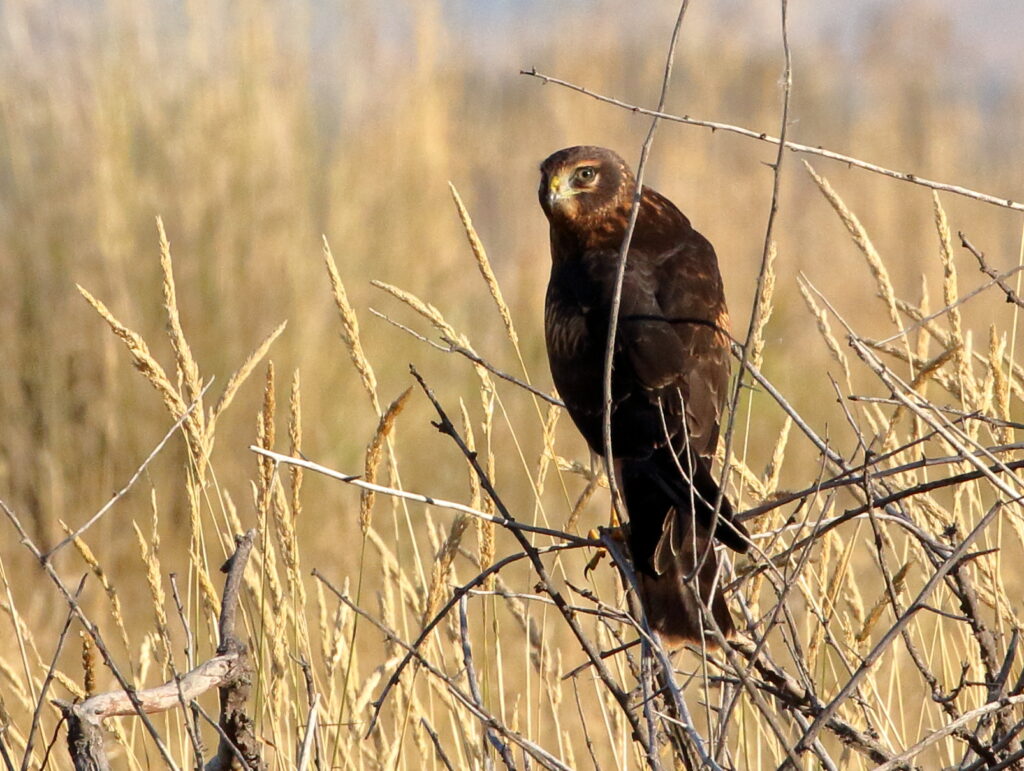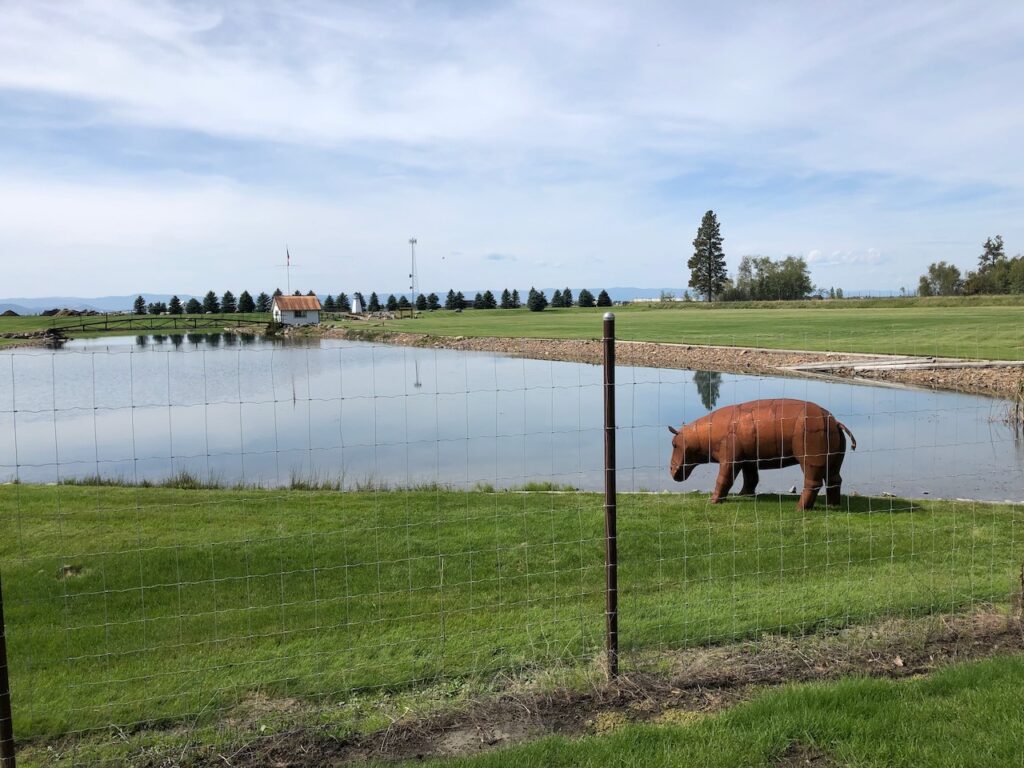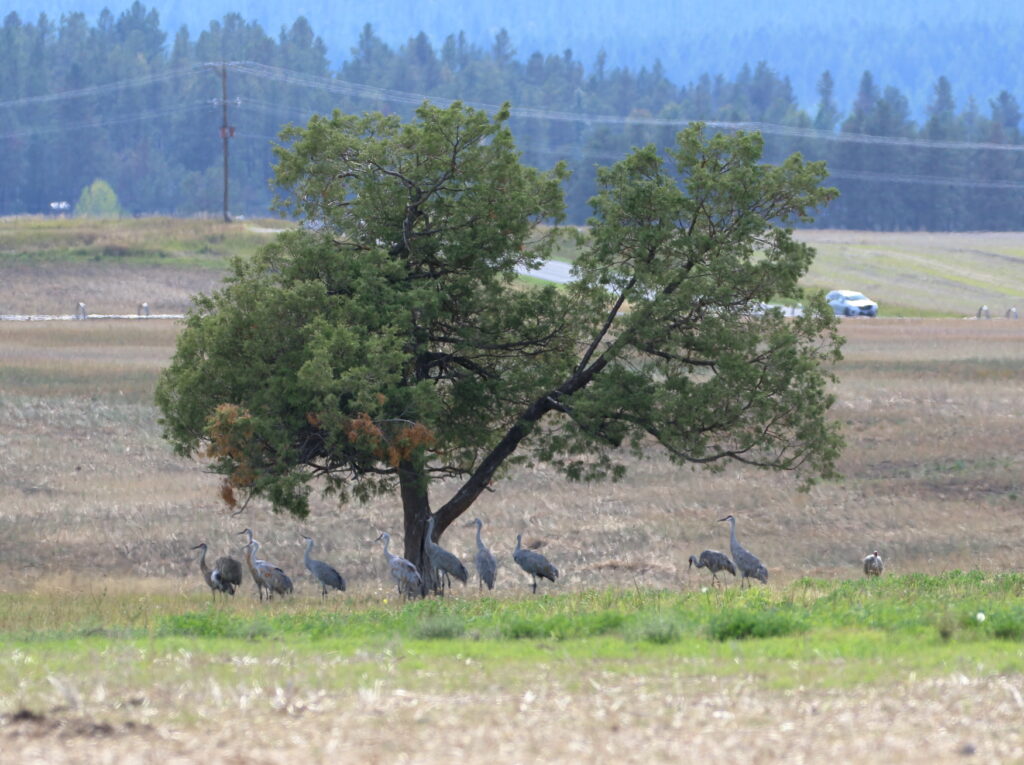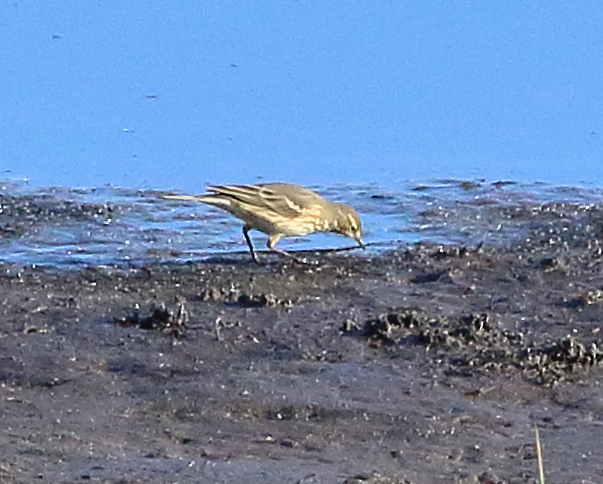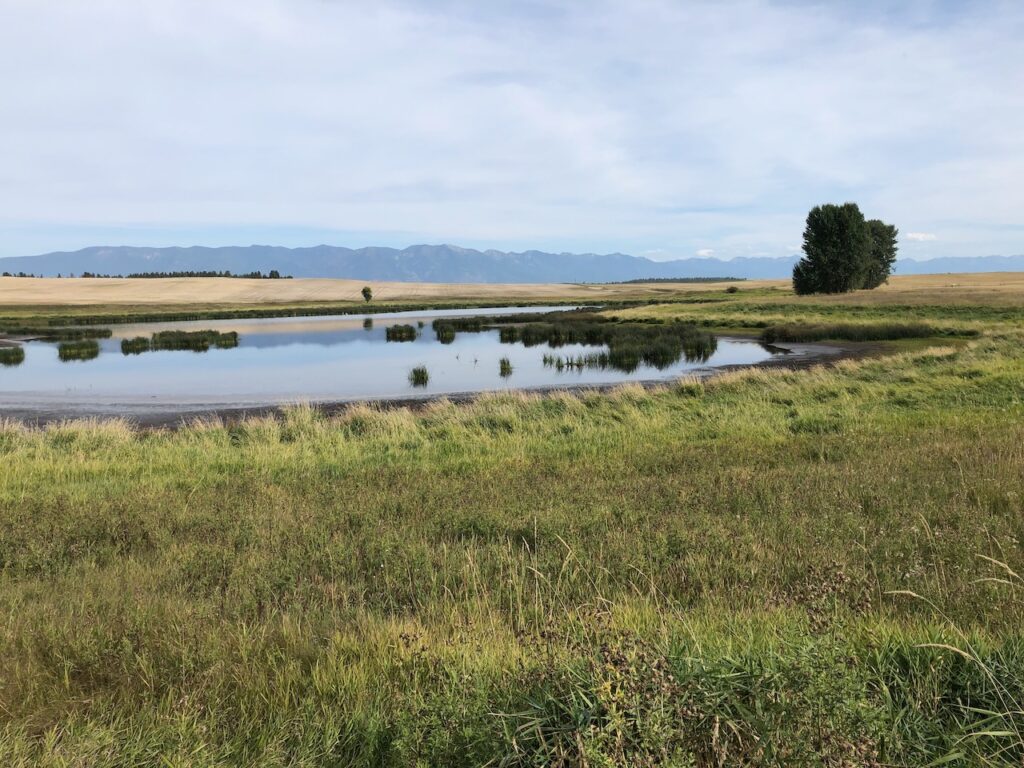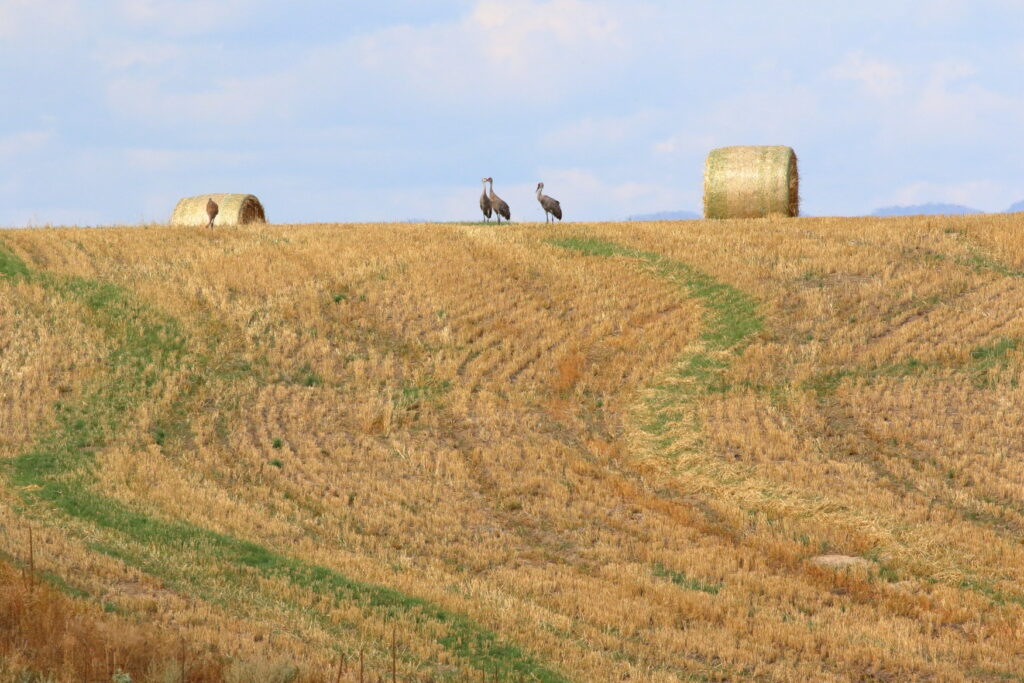Last week, after speaking at the monthly meeting of Flathead Audubon (see post “Birding with the President”), I spent the night with my gracious hosts, Darcy and Rob Thomas, and rose at 5 a.m. for a birding excursion to Glacier National Park. Powered by an egg and sausage burrito from City Brew, I made it to the park by 7:00 and rumbled and bumped my way up Inner North Fork Road. Braden, Nick Ramsey, and I had been here only five weeks before on a quest to find me a Lifer Spruce Grouse, and guess what? I was still on that quest! Today, though, I decided to try a different route, the Camas Creek Trail that leads east toward the heart of the park. I arrived to find the little parking area totally empty and, after strapping on my fanny pack, and slinging my camera and binoculars over my shoulders, set out under a dawn sky.
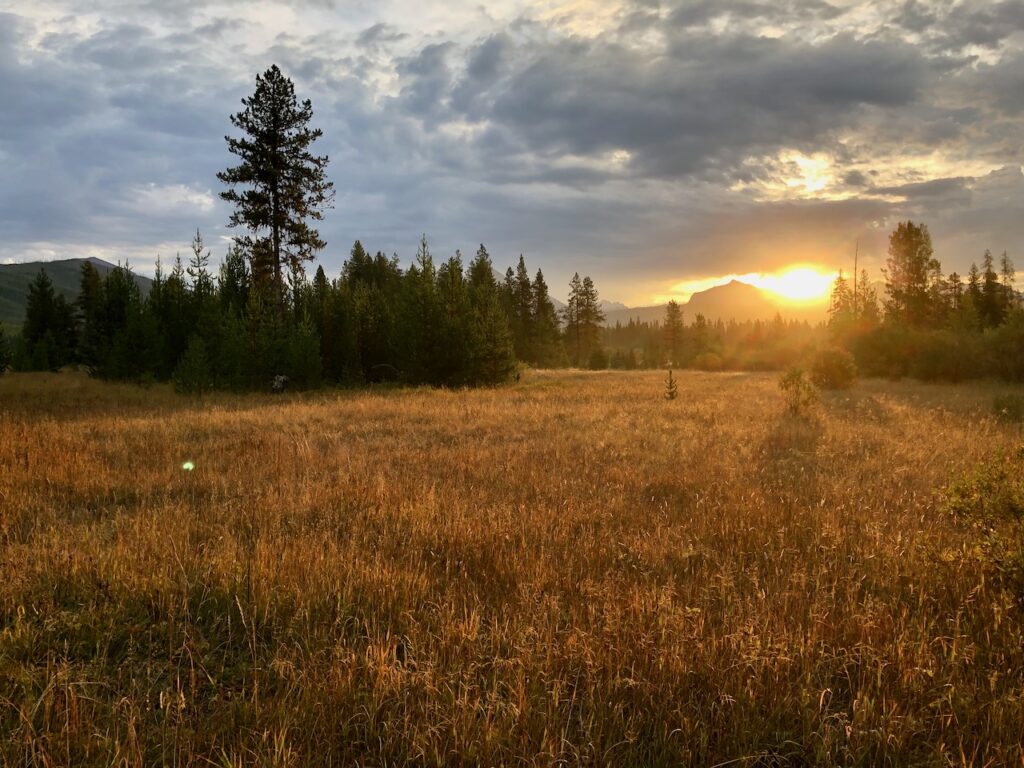
Entering a patch of woods, I walked quietly and raised my senses to full alert. I didn’t want to scare away a Spruce Grouse along the trail, but I also wanted to spot a grizzly bear before it spotted me! Of course, park officials recommend hiking noisily to alert bears to your presence, but for birders this obviously is a counterproductive strategy. Bear spray would probably have been a good idea, but as usual I forgot to bring any. Within a quarter mile of the trailhead, however, I got a good scare.
I was rounding a bend with some trees on the right when suddenly a large shape launched from a branch and spread enormous gray wings. Owl! my brain shouted as my heart hammered, but which kind? The park contained only two large-owl possibilities: Great Gray and Great Horned. I hurried forward, trying to see where it was headed, but failed miserably. Without ever facing toward me, it disappeared through some trees, never to be seen again. My gut and the length of the owl’s wings tells me it was a Great Gray Owl but I will never know. Sigh.
After that startling start, my hike settled down. I reached Camas Meadow just as the sun began peeking over the Continental Divide and savored being absolutely alone in one of the world’s most beautiful places. I got here so early that the birds were off to a slow start. I saw a few flitting around, and Merlin’s Sound ID feature informed me that they were Pine Siskins and Yellow-rumped Warblers. It also told me that the chickadees I was hearing were Mountain Chickadees. Other than that, the action languished.

Fortunately, that held true on the grizzly bear front, too. I passed some scat, but it looked like black bear poop (smaller, full of berries, less messy), and was old to boot. In fact, I passed few fruiting plants relative to other places I’d recently visited in western Montana—a fact that might bode poorly for possible grouse sightings.
I hiked for about two, two-and-a-half miles, before pausing for a drink of water and, reluctantly, turning around. Fortunately, as I began retracing my route, rising temperatures seemed to lead to greater bird activity. Most impressive were the number of Yellow Warblers. I tallied at least 30, but am sure I undercounted. Their chips sprung from many locations, and I also spotted a couple of Ruby-crowned Kinglets (one boldly displaying its red crown), Dark-eyed Juncos, and Pine Siskins. An occasional Northern Flicker called sharply overhead.

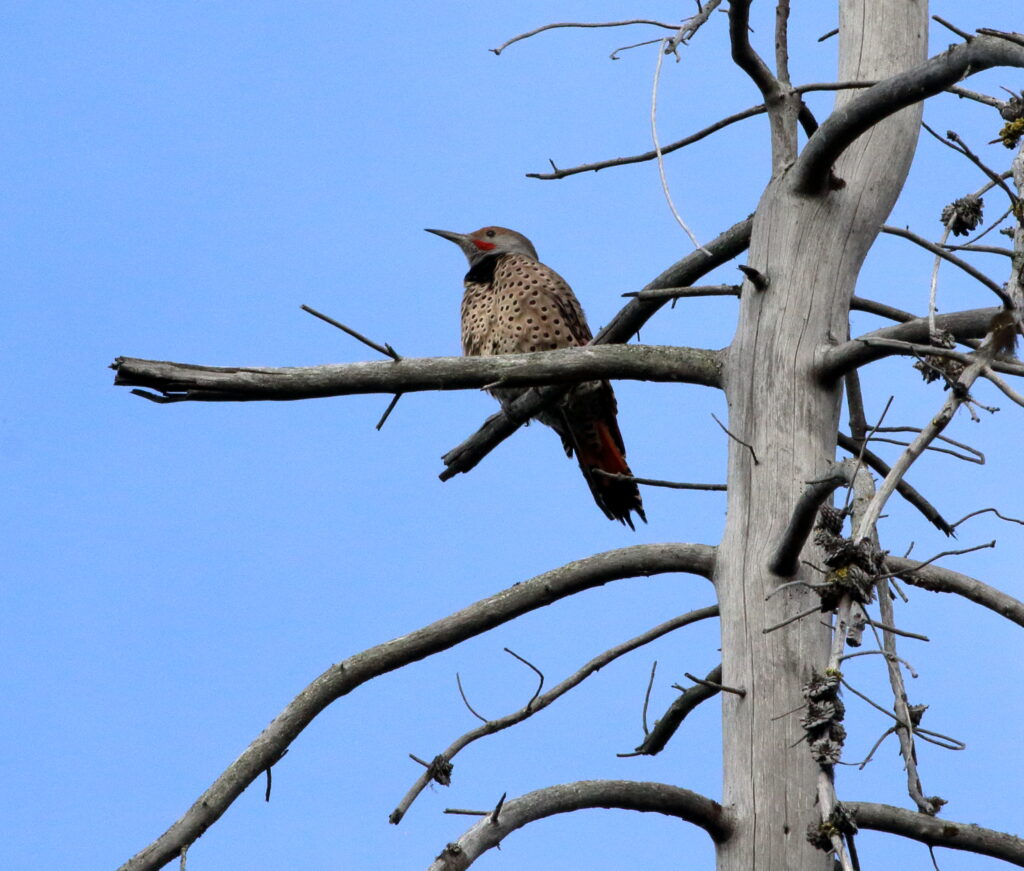
About halfway back to the car, I saw a small brown bird flitting about in a bush. Its furtive skulking behavior distinguished it from the other birds I’d been seeing, so I stopped and raised my binoculars, waiting for a clear look. It took a few moments, but it finally showed itself—a Lincoln’s Sparrow! One day, Braden and I will have to list our Top 10 Favorite Sparrows, but for me, Lincoln’s is Number One. Not only does it display a gorgeous, subtle color palette, it seems to have a more curious, delightful nature than other sparrows. When Braden and I began birding almost a decade ago, a Lincoln’s Sparrow was the first sparrow that really made a big impression on me. We devoted several outings to the chase before finally seeing one, so maybe its uncommonness also has something to do with my ranking.

After spending a few minutes with Mr. Lincoln’s, I continued hiking. A Red-naped Sapsucker surprised me. Then, I heard a series of eerie whooping noises that reminded me a bit of an Osprey. “What the heck?” I muttered. Then I saw it: a Canada Jay swooping in for a landing high in a nearby tree. A couple of other CAJAs also appeared. The jays, one of my favorite corvids, always delight with their antics and these provided a great way to wrap up my hike. Yes, I had once again missed a Spruce Grouse, but I’d gotten a good sense for what’s going on with the birds in Glacier this time of year. That was invaluable knowledge in my continuing education as a birder. It also happened to make a real contribution to science in the park.
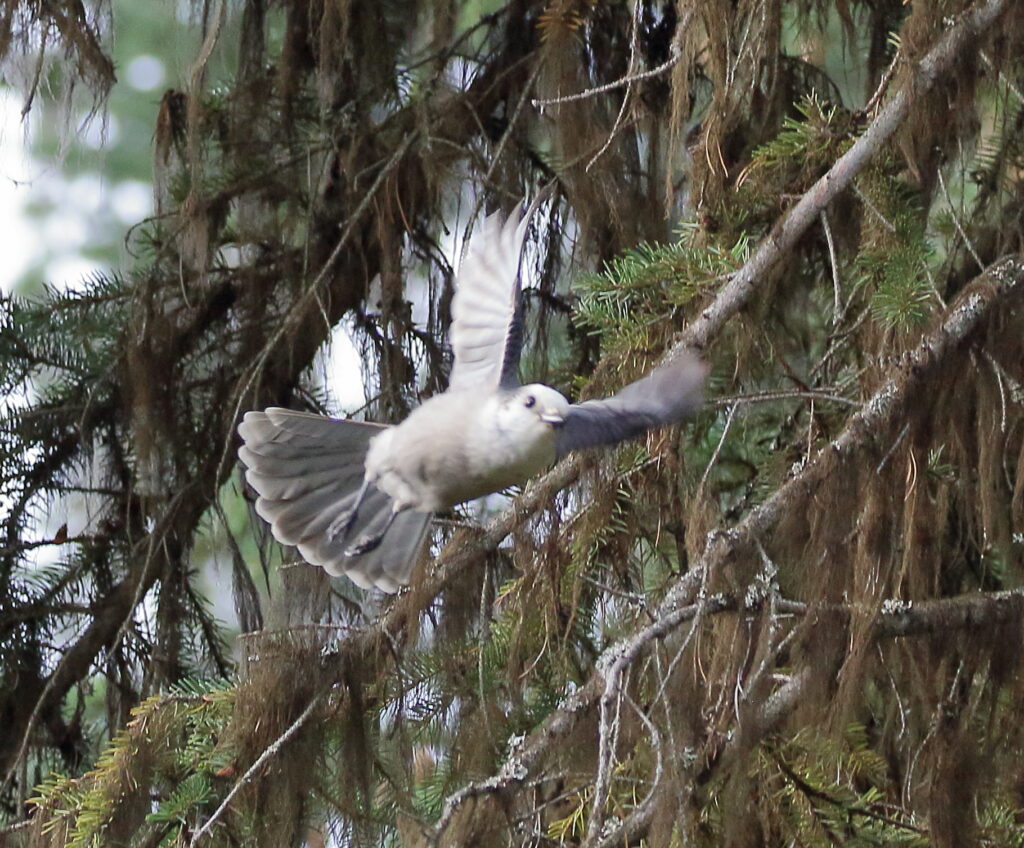
Returning home, I looked up how many eBird checklists have been posted for Camas Creek Trail in the fall. To my astonishment, mine was only the second ever checklist for September! (The other list, from later in the month, noted only three species.) A couple of lists have been posted later, but my own provides the only eBird data for this interesting time of year. Now I know this sounds like boasting, but I mention it to emphasize two important facts:
- Even though birding has been around a long time, HUGE gaps remain in what we know about almost every bird species, its movements, and habits.
- Your citizen science contributions matter. Sometimes it’s a pain or inconvenient to post what you see on eBird, but you just never know when you will be providing crucial information to a scientist or policy expert wanting to learn something new or make an important decision.
And really, could it get any better? Contributing to knowledge while being out having a great time? I don’t think so. Just keep an eye out for those grizzly bears.


